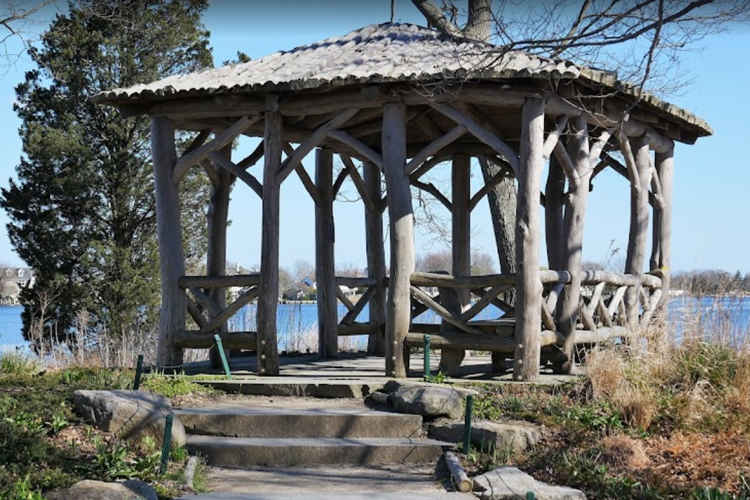Great River
Get to know Great River
People living here are mostly homeowners. So, if you need insulation services, you can always contact Zavza Seal for a free quote for waterproofing services.
Why You Should Move to Great River Neighborhood
Residents generally know each other by face and by name. The school district has about eight schools for all grades. There are many activities for children after school and during the summer, such as sports activities through the school district and free town camps.
The neighborhoods are quiet yet friendly, where it’s not uncommon to find your neighbor baking you a pie or inviting you over for dinner. Crime rates are low, and there is rarely any violence toward residents or visitors.
For those who want to go into the city, there is a train station that takes commuters right into Manhattan without dealing with traffic or parking fees. However, if you prefer to drive, some highways take you into the city and other neighboring towns in under an hour, depending on the day. Overall, Great River is a great place for families and anyone looking for a safe and economical home.
Nearby Neighborhoods:
Great River History & Culture
On November 29, 1683, William Nicoll (Nicolls), founder of the Town of Islip and son of New York City Mayor Matthias Nicoll, was awarded the first royal patent to the east end of what is now the Town of Islip. Nicoll purchased land from Sachem (Paramount chief) Winnequaheagh of Connetquot. He named his 50,000-acre (20,000 ha) plantation (an 8-by-10-mile (13 by 16 km) tract of land) “Islip Grange”, in honor of his ancestral home of Islip (UK) in East Northamptonshire, England, from which Matthias emigrated in 1664. Nicoll’s domain extended from East Islip to Bayport and embraced the present-day communities of Sayville, West Sayville, Oakdale, Great River, Islip Terrace, Central Islip, Hauppauge, Holbrook, Bohemia, Brentwood, Holtsville, and a portion of Ronkonkoma. Nicoll paid an annual quit-rent (tax) to Thomas Dongan, 2nd Earl of Limerick and Governor of the Province of New York, of five bushels of good winter wheat or twenty-five (25) shillings payable annually on March 25.
Other early land patentees were Andrew Gibb (Islip hamlet), John Mowbray (Bay Shore, originally Awixa), Stephan Van Cortlandt (Sagtikos Manor), and Thomas Willets (West Islip).
William Nicholl also purchased five islands from Winnequaheagh on November 19, 1687, including Hollins Island (a.k.a. East Fire Island.) The purchase was confirmed on a patent by Governor Dongan on June 4, 1688. Altogether William Nicoll acquired four patents for land – the final purchase was on September 20, 1697, issued by Governor Benjamin Fletcher. Under Col. Fletcher, piracy was a leading economic development tool in New York City’s competition with the ports of Boston and Philadelphia. New York City had become a safe place for pirates (freebooters) who carried “real money” into the impoverished colony.
Nicoll’s estate eventually became the largest manor on Long Island.

